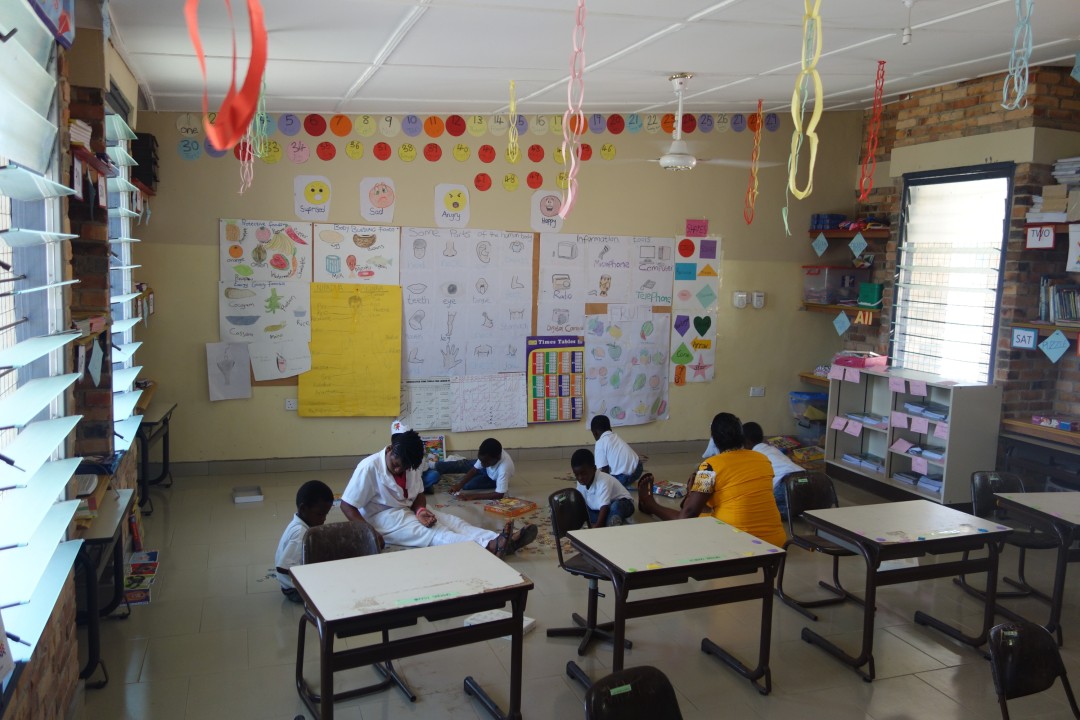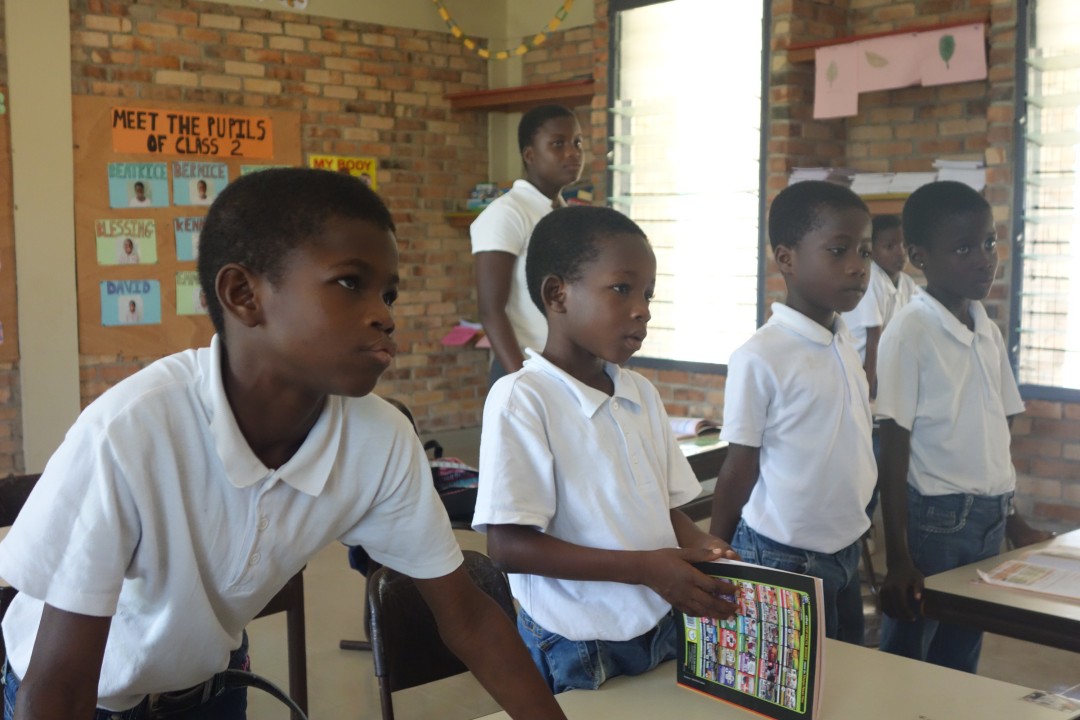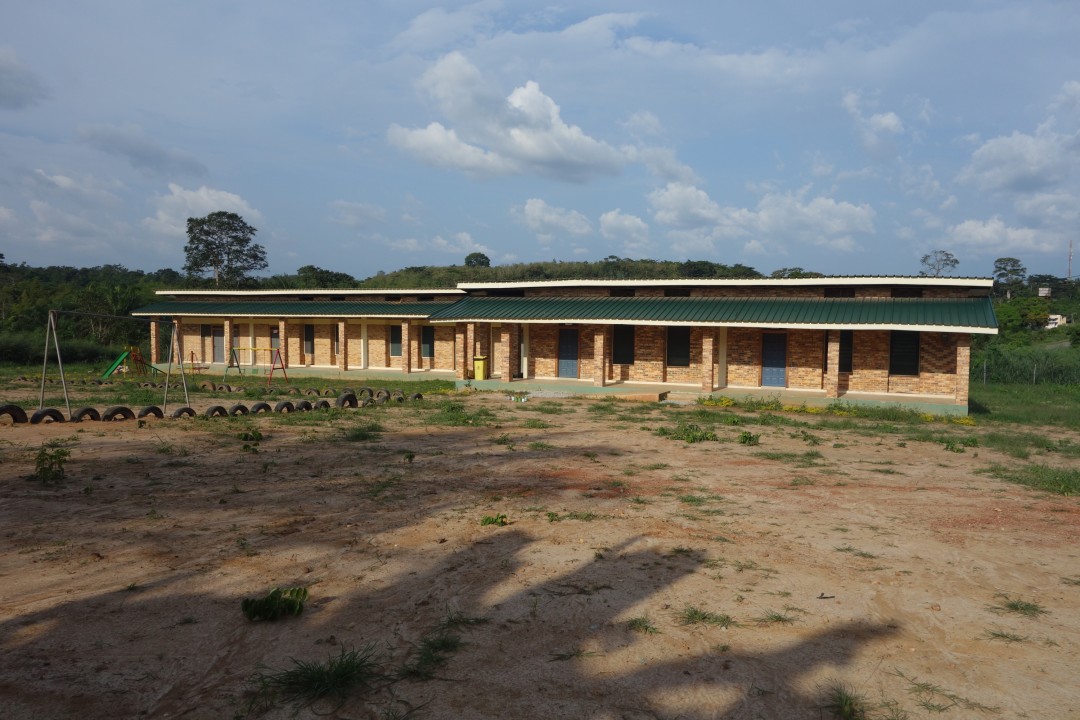Extension and reconstruction of an orphanage
The project aimed to expand the orphanage’s capacity for an additional 15 children thanks to 20,000 m2 of land offered to the association to be used to create a third family unit. The project also included securing the areas around the building to make it safe for children, and the creation of a vegetable garden.
The third family unit, for babies and toddlers, was completed. A multi-purpose community facility was also constructed where children and staff could meet, eat and play. The main building was regrettably destroyed by a fire in June 2011, fortunately without casualties. The Addax and Oryx Foundation contributed towards the reconstruction of the main house, together with the construction of a 4th family unit. Areas around the buildings were levelled and secured as part of the landscaping activities; creation of the vegetable garden was delayed until November 2012, due to the reconstruction efforts.
Save Our Lives – Ghana was founded by Paulina Opei in 2001 to administer the orphanage. The organisation aims to provide a stable environment and a sense of home to orphans, enabling them to grow up and develop with a chance for a brighter future
Type
Education / Community DevelopmentDuration
September 2010 – October 2012Location
Anwiankwanta / GhanaWith whom
Save Our Lives Ghana (SOL-GH)
Website






Ghana
Population
28.8 million (2017)
Per Capita Income
USD 1'880/year (2017)
Poverty rate *
23% (2017)
Literacy rate
71% (2016)
Human Development Index
140th out of 189 countries (2018)
Renowned for its stability and democratic governance Ghana has made great progress over the past 20 years in reducing poverty and hunger among its population. Its economy is growing ahead of the average for the Africa region. This is reflected in gradual improvements in the efficiency of public institutions. Although primary school enrolment has reached 100 %, secondary school enrolment lags at 60% for male students and 47% for female students. Health care varies widely across the country with huge inequalities between the north and south of the country and between urban centres, generally well served, and rural areas often with no health care at all. Similarly, water supply and sanitation still face a number of challenges, mainly due to neglect until the 1990s.
Sources: World Food Program, UNICEF, World Bank, 2016 Human Development Report, Human Development Indices and Indicators (2018 Statistical Update)
*The percentage of the population living below the national poverty line.